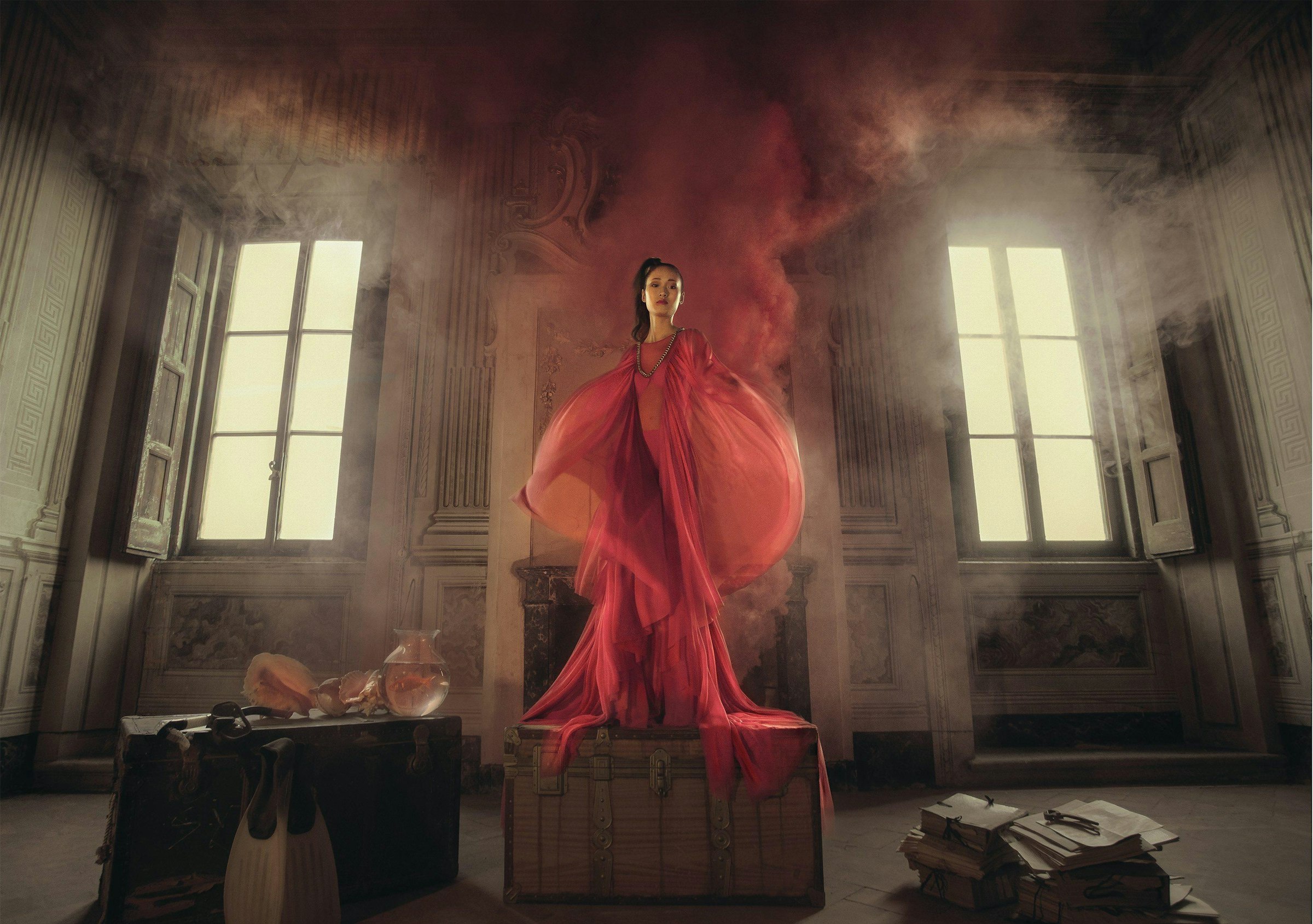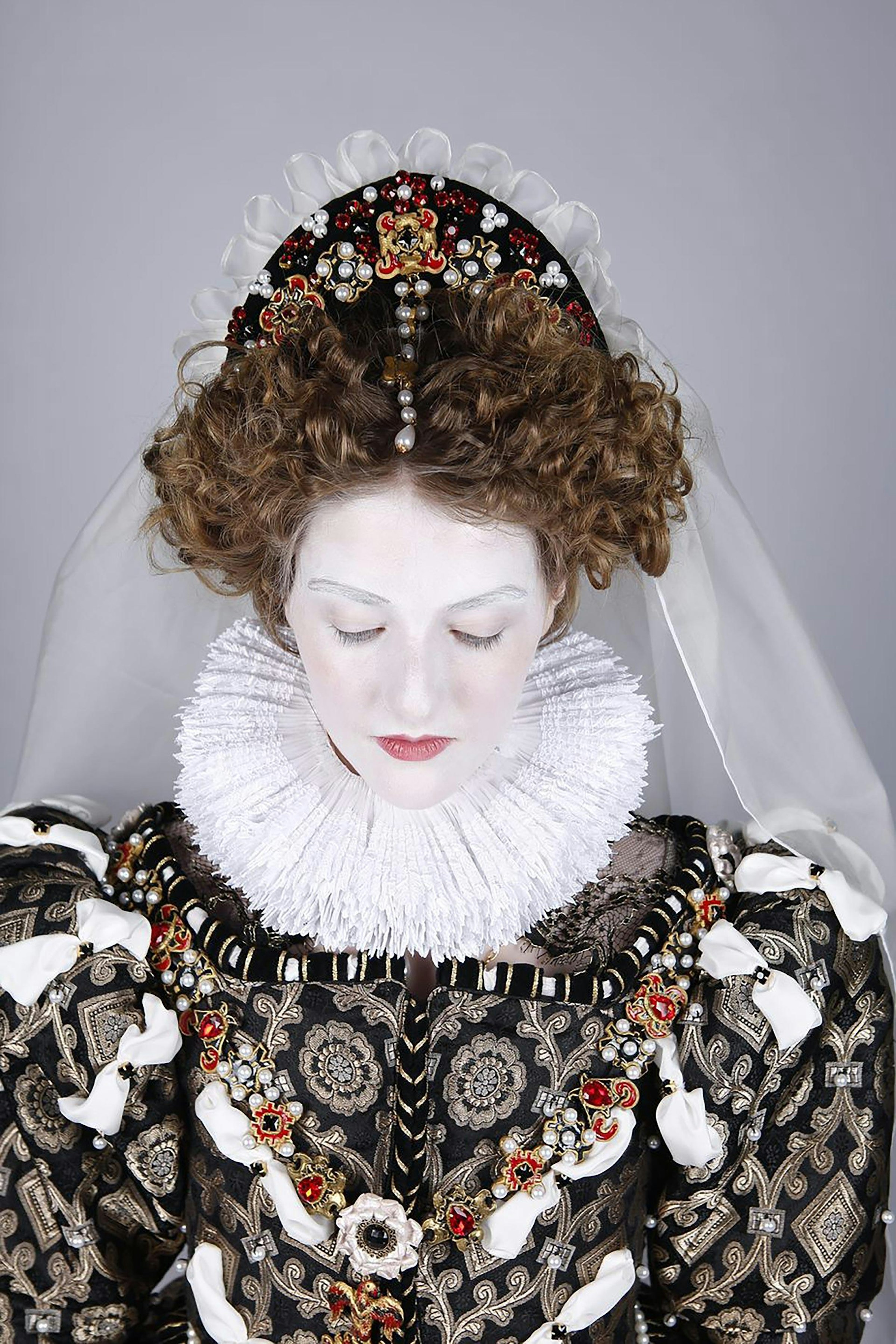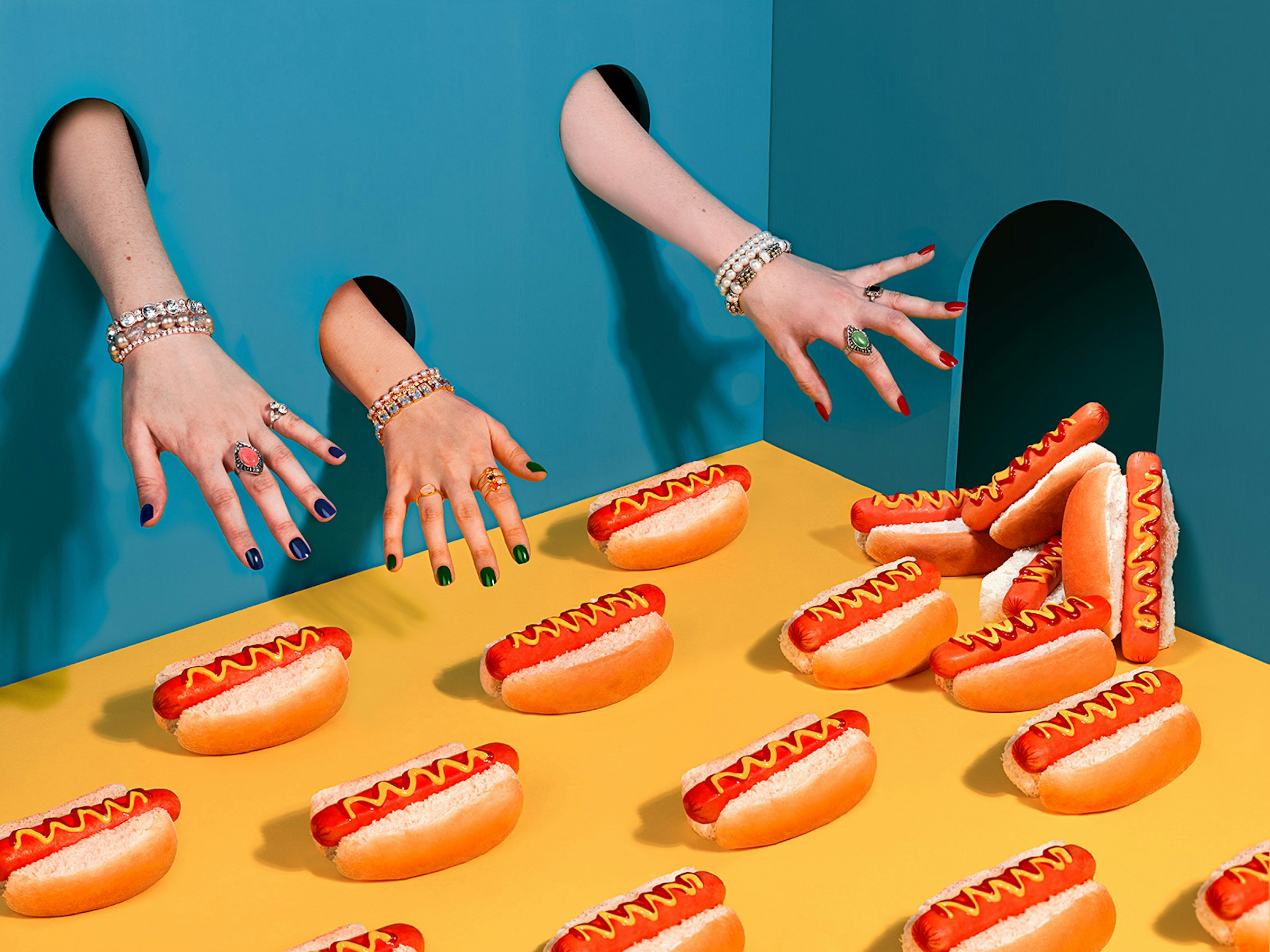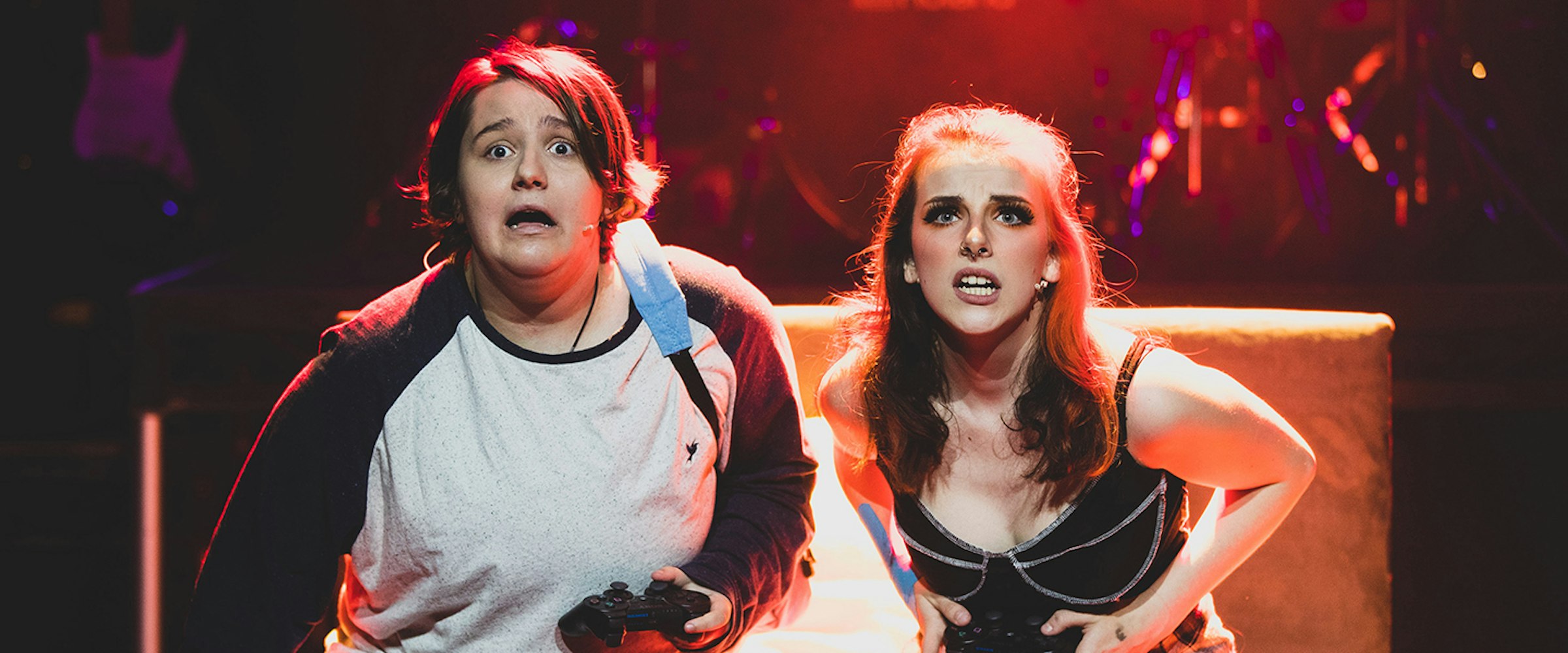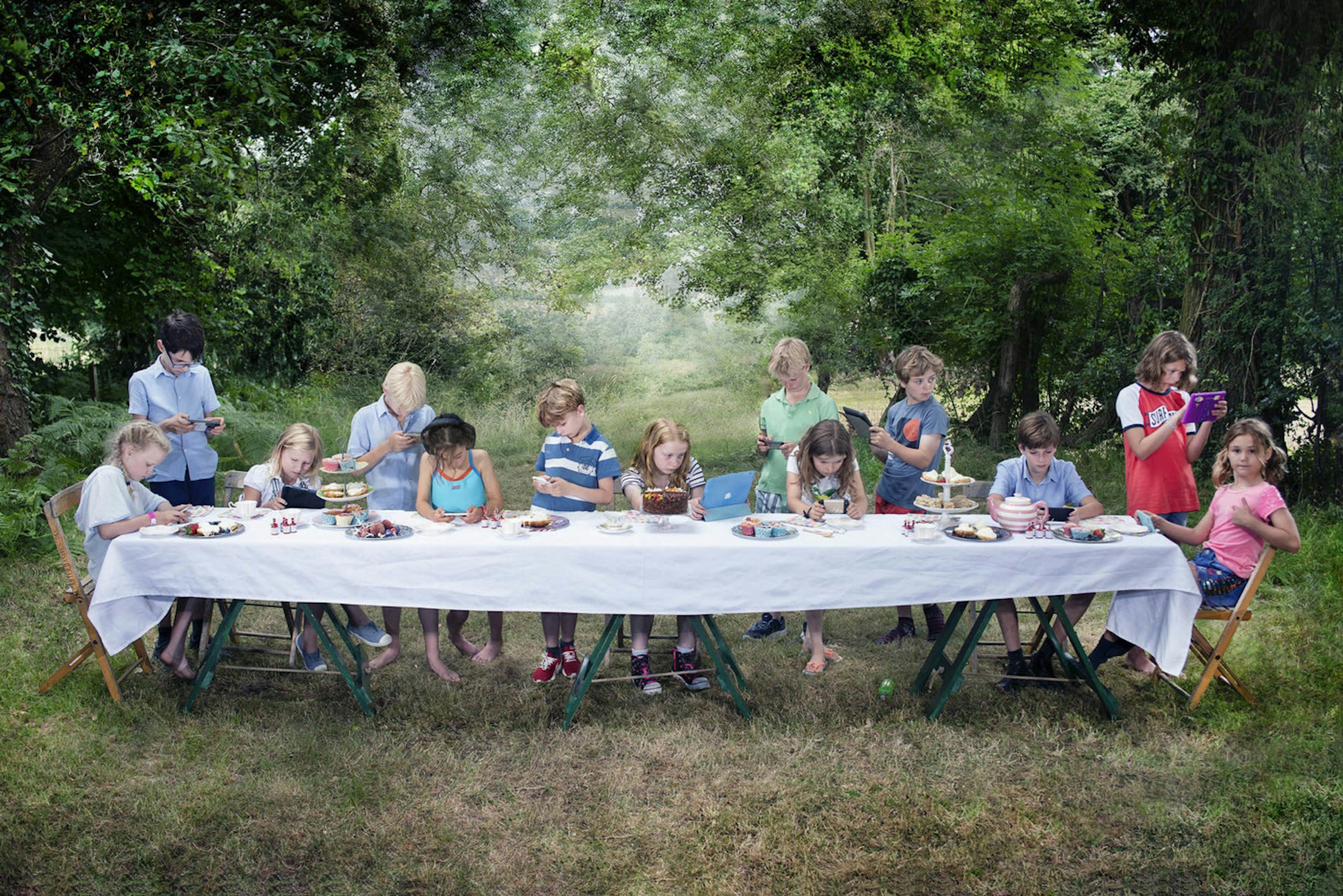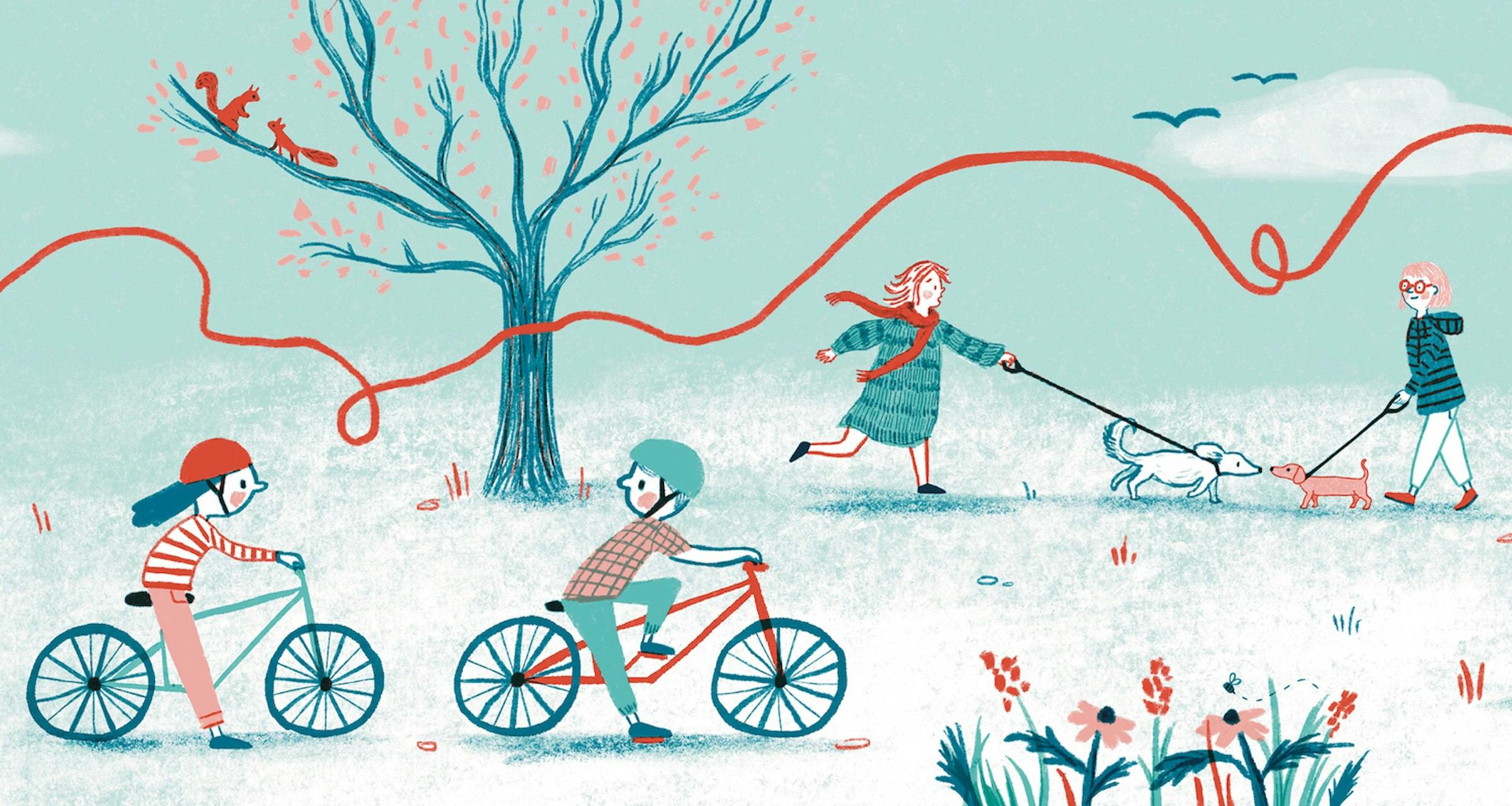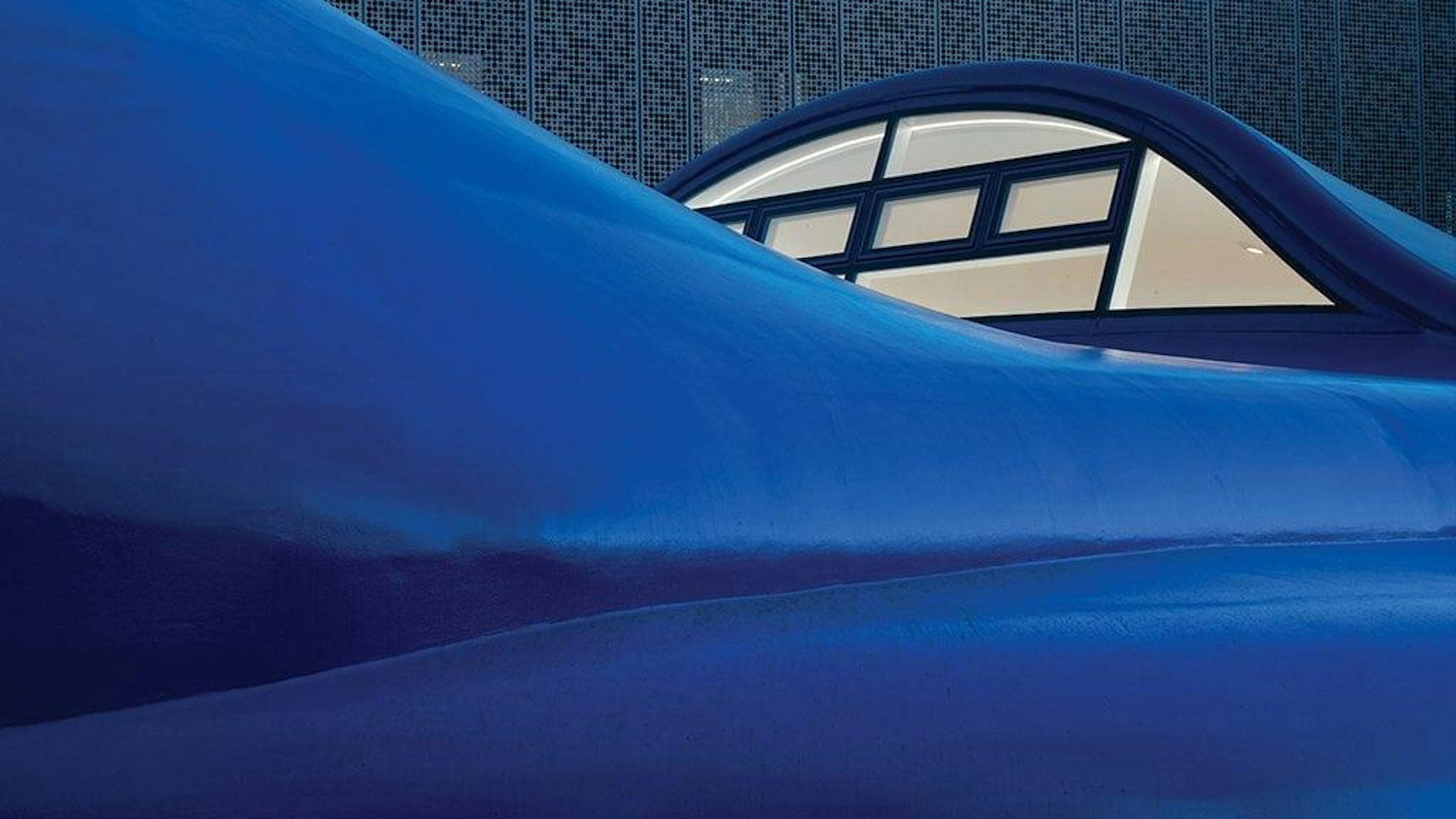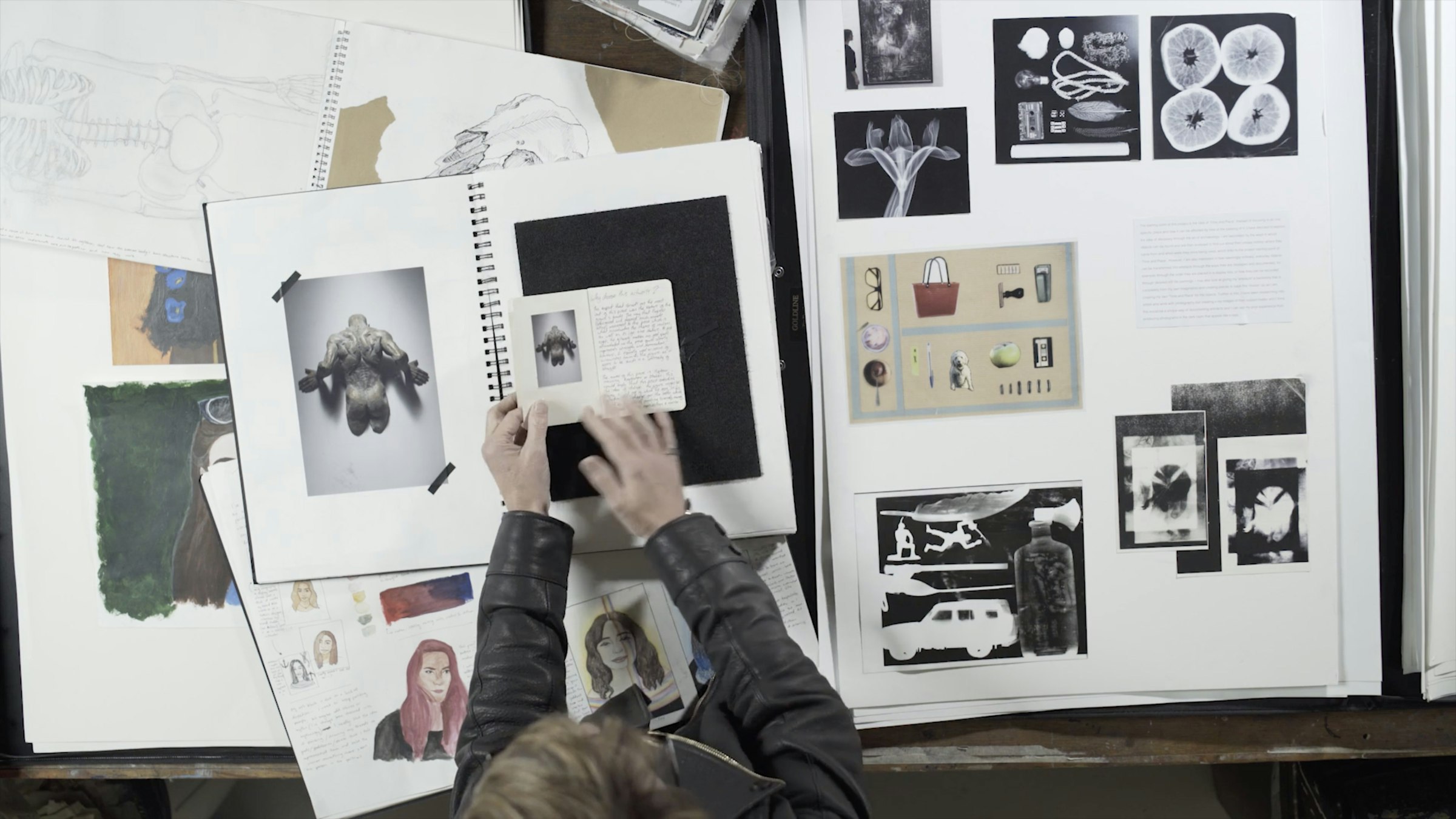
Applying for a degree can feel daunting. There’s the stress of prepping, writing, and putting together what feels like all your existing work into an online showcase – there’s a lot that goes into it, and we totally understand this.
Portfolio prep can seem like monumental task, but approaching it with the right mentality can make all the difference. You’re showcasing what excites, inspires and drives you as a creative, and with this in mind, it’s your chance to show off.
We’ve put together some handy tips for how to master your portfolio submission, alongside some advice and guidance from our Admissions team, who are no strangers to the portfolio submission period.
What we’re after
First and foremost, portfolios are your chance to express who you are as a creative individual and what makes your style unique. As the team explains:
"The portfolio is important for new students because it gives them a chance to show their abilities and potential. It allows them to show off their skills and demonstrate how they’ll be able to produce work at the required level to succeed here. It’s also the first step towards a creative career, where providing a professional portfolio will play a key part in finding work."
Creating your portfolio not only sets you up for a degree; it’s great experience for when you’ll need to compile your work in the future. But the real people who'll be curious to see what you make are the course team and those reviewing what you submit.
"Course teams are looking for potential, and to see if they can support the applicants’ passions and their identities as emerging artists. It gives them an insight into the type of person the applicant is through their work – a sense of their personality. How applicants express themselves through their portfolios can impact on how favourably an entire application is viewed."
At the core of it, your creative portfolio is a reflection of you as an individual. Don’t be afraid to express who you really are and what drives you.
It’s okay to humble brag (but do the opposite too!)
With portfolios, there’s the urge to only show off your best work – after all, you’re trying to impress the course team. But it’s also important to demonstrate projects that aren’t fully complete, including works in progress and even stuff that hasn’t made it out of the scrapbook.
Put simply, we’re not looking for a perfect artist, we're after potential. And this is what the course team are looking for – someone who’s able to evaluate, adapt and overcome when something hasn't gone as expected.
"We ask for both complete projects and works in progress because the research and development process are important. Our staff work with students to guide them and develop their ideas – seeing how applicants develop from an idea to a finished piece of work helps them to identify students who will benefit most. The ability to evolve an idea is key to the creative process, and being able to adjust to new information and requests is easier if an initial idea is developed over time."
This, in turn with a passion for what you create, is what makes some of the best portfolio submissions stand out from the rest. Making sure it’s presentable and not crammed full of content is important, too.
"Every portfolio is unique, and that’s the best thing. They all give applicants a chance to show their personality and interests. While there isn’t one particular portfolio that we’d refer to, the best portfolios are the ones that are able to convey a genuine enthusiasm behind the content included within it.
"We recommend applicants make sure their work is well-presented and easy for staff to access and understand – a link to a bunch of image files without any context isn’t a portfolio, and nor is sending us 150 pages of everything you’ve ever done!"
Alongside this, you may have to write a personal statement, and the same applies here:
"Applicants should be authentic and be honest and open about who they are. They should state what they want to get out of the course and what makes them unique. Regarding previous work, they should mention anything they’re proud of or that’s helped their artistic careers."
How we can help
Regardless of what or where you’re applying for, it’s always important to do a little research. Not only will you find valuable info through course pages, but you’ll likely find portfolio guidelines and helpful info on most university websites too. On our own, we have guidelines for each course.
"Before constructing a portfolio, we’d really encourage applicants to refer to our Portfolio Guidelines page that provides further details about the format, content and breadth of content we’d expect to see."
With that in mind, remember what the portfolio is truly about – showcasing you and your work.
"Applicants should show their passion, because the work they believe in the most will be what shines through."
Here at AUB, we ask for an online showcase only with no traditional or physical portfolio, as most of our applicants are already well-prepared with some experience of art, design, media or performance. This gives you good flexibility to showcase what you create on your preferred platform – whether it's a YouTube showreel, website or link to a cloud storage folder, it's your chance to put together a great showcase of your work.
If you have any questions, feel free to contact our Admissions team at admissions@aub.ac.uk – they’ll be happy to help.






